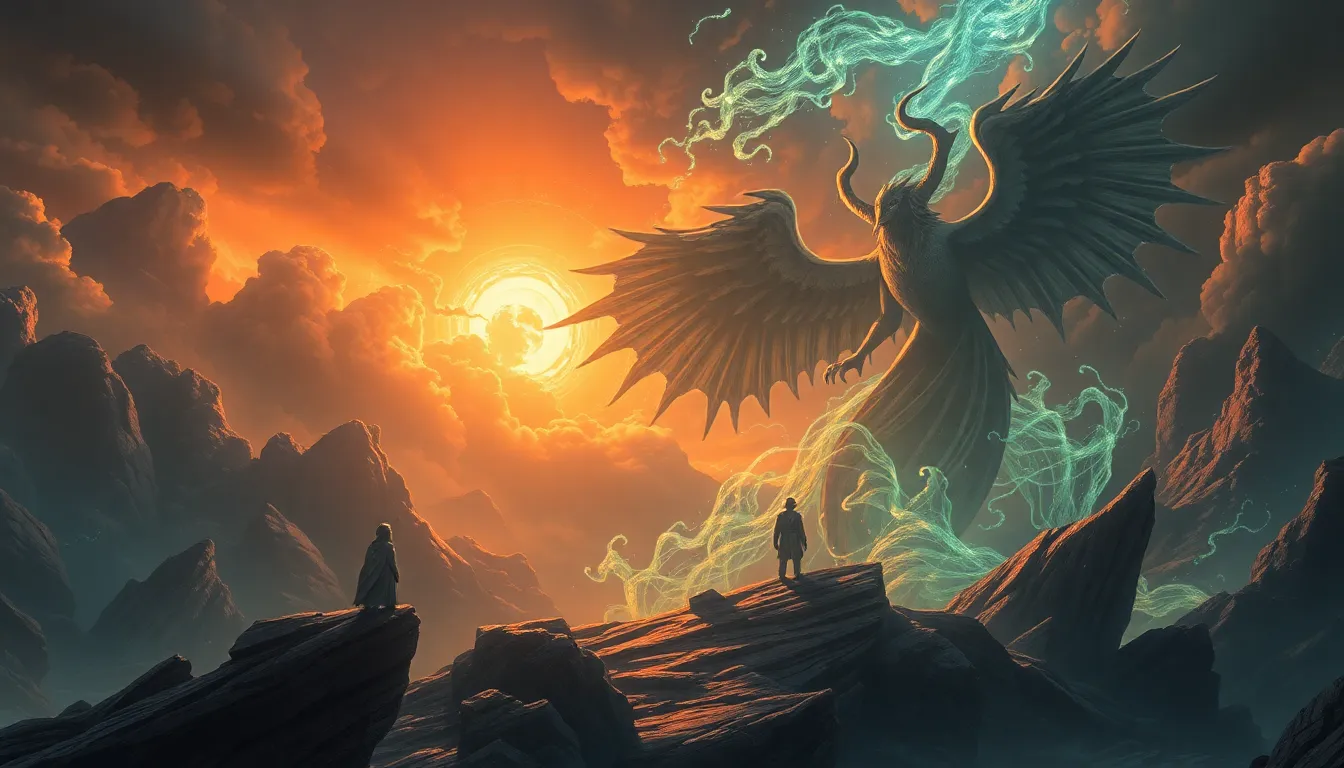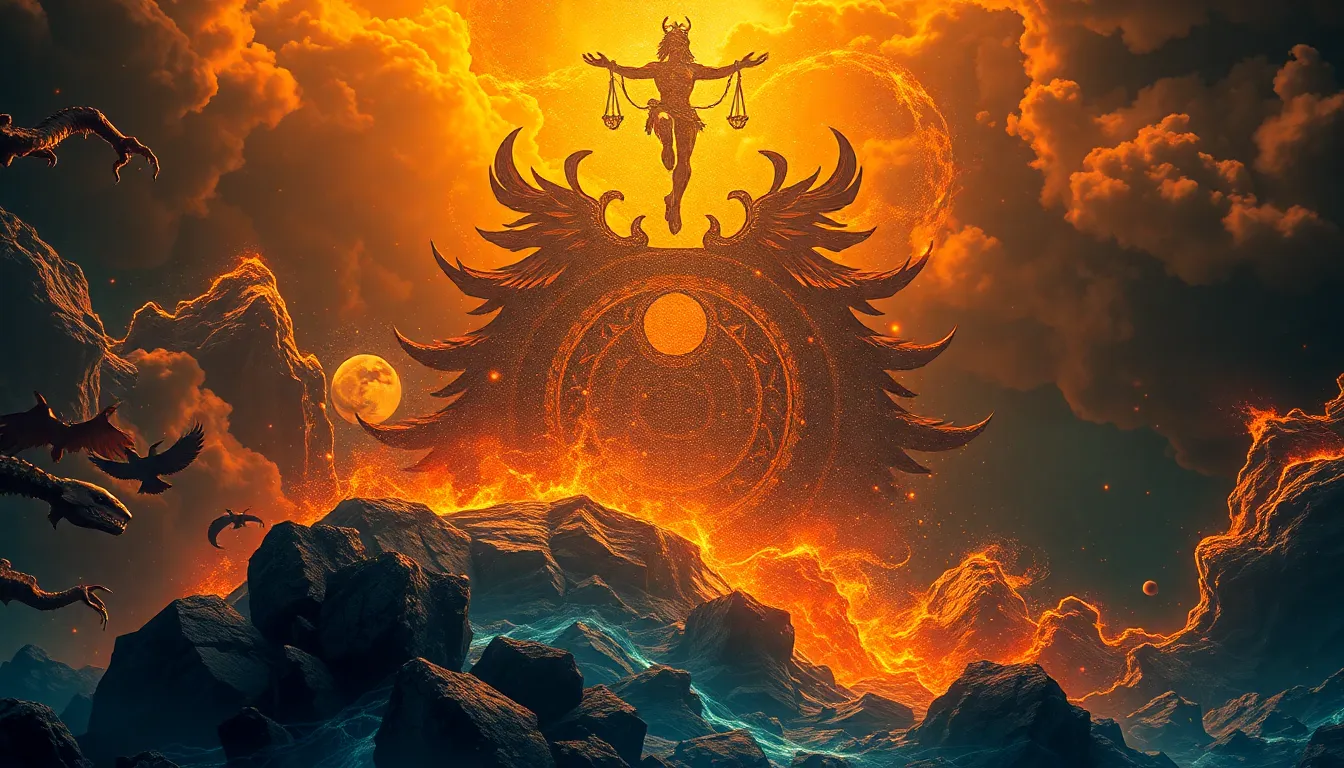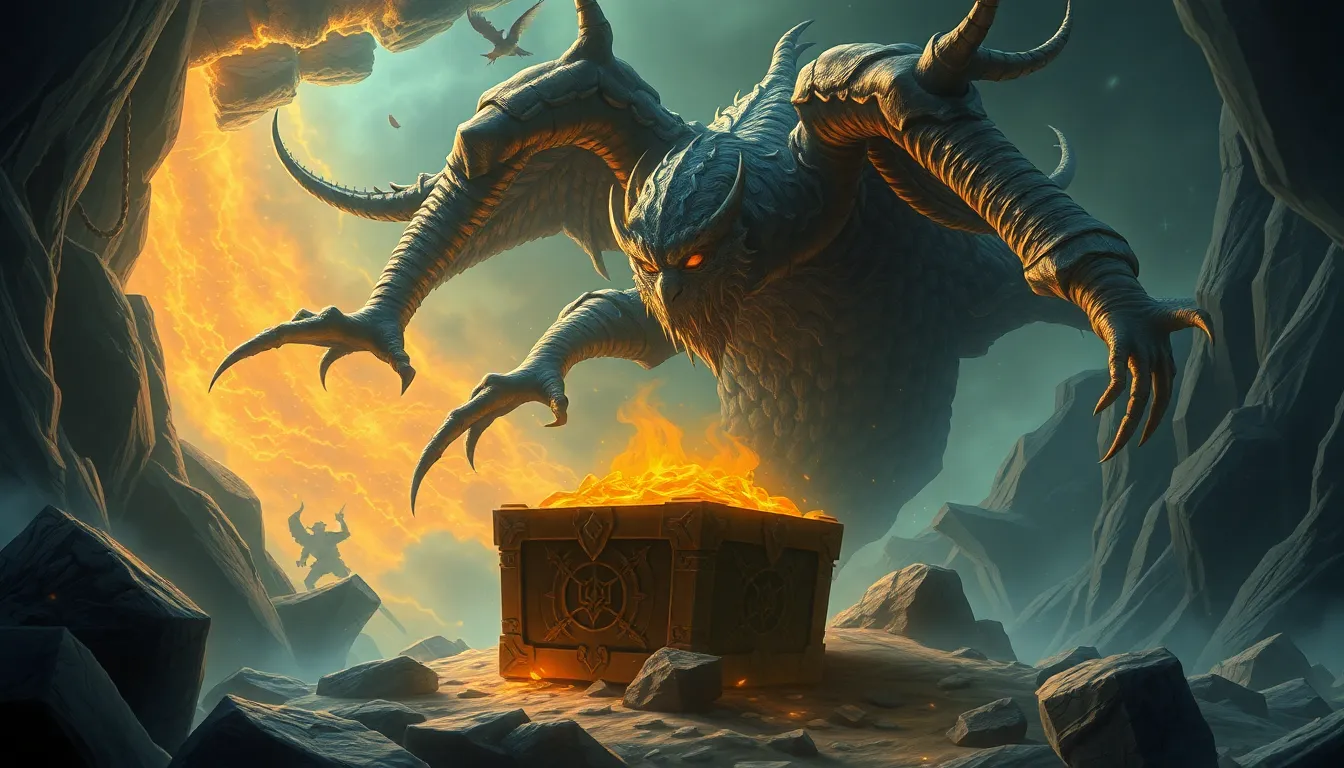The Quest for the Legendary Artist: Myths of Creation
I. Introduction to the Concept of the Legendary Artist
The term “Legendary Artist” evokes images of creators who transcend the ordinary, whose works resonate through time and culture. A legendary artist is not merely one who produces art; it is an individual whose creations and persona embody the spirit of their era, often surrounded by myths and romanticized narratives that elevate their status.
Throughout history, legendary figures have played a significant role in shaping cultural identities and movements. Their stories often intertwine with societal values, pushing boundaries and challenging norms. This article explores the myths surrounding creation and artistry, examining how these narratives influence our understanding of artistic genius.
II. Historical Perspectives on Artistic Legends
Historically, the concept of the legendary artist has deep roots, with various civilizations attributing creative powers to deities and mythological figures.
A. Ancient civilizations and their creative deities
From Greek mythology, where Apollo is celebrated as the god of arts, to the Egyptian goddess Ma’at, who embodies truth and order, ancient cultures have revered figures that symbolize creativity. These deities often served as inspirations for artists, reinforcing the belief that art is a divine gift.
B. The role of myth in the Renaissance and Baroque periods
The Renaissance marked a shift in how artists were perceived, with figures like Leonardo da Vinci and Michelangelo being regarded as geniuses rather than mere craftsmen. Their lives and works were steeped in myth, often portraying them as divine creators rather than human beings.
C. Case studies: Artists like Michelangelo and Da Vinci as mythic figures
- Michelangelo: His monumental works, including the Sistine Chapel ceiling, contributed to his legendary status, with tales of his relentless work ethic and divine inspiration.
- Da Vinci: Known for his insatiable curiosity and innovative ideas, Da Vinci’s life was filled with stories of genius that blurred the line between artist and scientist.
III. The Myth of the “Tortured Genius”
One of the most enduring myths in art is that of the “tortured genius.” This narrative romanticizes the struggles of artists, suggesting that great art arises from great pain.
A. Origins of the tortured artist trope
This trope can be traced back to the Romantic period, where emotional depth and personal suffering were celebrated as sources of artistic inspiration.
B. Psychological and societal factors contributing to this myth
Factors such as societal expectations, the stigma surrounding mental health, and the glorification of suffering in art have perpetuated this myth. Artists are often seen as outsiders, their emotional turmoil viewed as a prerequisite for creativity.
C. Real-life examples: Van Gogh, Edvard Munch, and Sylvia Plath
- Vincent van Gogh: His struggles with mental illness and eventual suicide have led to a romanticized view of his life as the archetypal tortured artist.
- Edvard Munch: Known for “The Scream,” Munch’s exploration of existential angst is often linked to his personal traumas.
- Sylvia Plath: As a poet and novelist, her battle with depression and her untimely death have cemented her status as a literary legend.
IV. The Role of Inspiration in Artistic Creation
Inspiration is often viewed as a mystical force that drives artistic creation, leading to various myths surrounding divine influence.
A. Myths surrounding divine inspiration and muses
The concept of muses—mythical beings that inspire artists—has been prevalent in various cultures, reinforcing the idea that creativity is not solely a product of human effort but also of divine intervention.
B. The fine line between inspiration and obsession
While inspiration can lead to profound creativity, it can also blur the lines into obsession, where artists become consumed by their work. This duality raises questions about the nature of creativity itself.
C. Notable stories of artists and their sources of inspiration
- Pablo Picasso: His relationship with various muses throughout his life influenced his artistic evolution across different styles.
- Frida Kahlo: Drawing inspiration from her own life experiences, Kahlo’s art reflects her pain, identity, and cultural heritage.
V. Cultural Variations in Artistic Myths
Artistic myths are not uniform; they vary across cultures, reflecting different values and beliefs about creativity.
A. Indigenous myths and their interpretations of creativity
Many indigenous cultures view art as a communal activity, often connected to spiritual practices and storytelling, contrasting with the Western notion of individual genius.
B. Eastern philosophies and the concept of the artist
In Eastern traditions, the artist is often seen as a vessel for universal truths, with creativity being a process of self-discovery and enlightenment rather than mere expression.
C. Comparative analysis of Western and non-Western artistic legends
While Western narratives emphasize individualism and the artist’s struggle, non-Western traditions often celebrate collective creativity and the interconnectedness of life, art, and spirituality.
VI. The Evolution of Myths in Modern Art
In contemporary art, traditional myths are being challenged and redefined, reflecting changes in society and culture.
A. How contemporary artists challenge traditional myths
Modern artists often reject the notion of the tortured genius, embracing collaboration, community, and diverse influences in their work.
B. The impact of technology and social media on the artist mythos
With the rise of technology and social media, the artist’s narrative is now shaped by public perception and engagement, leading to a more democratized understanding of creativity.
C. Case studies: Banksy, Yayoi Kusama, and the digital age
- Banksy: The enigmatic street artist challenges traditional notions of art and authorship, embodying the spirit of protest against societal norms.
- Yayoi Kusama: Known for her immersive installations, Kusama’s work blurs the lines between personal experience and collective consciousness, redefining the artist’s role.
VII. The Influence of Myth on Art Criticism and Appreciation
Myths surrounding artists significantly shape public perception and the market for art.
A. How myths shape public perception of artists and their work
Public narratives often elevate certain artists to iconic status, affecting how their work is interpreted and valued.
B. The role of art critics in perpetuating or debunking myths
Art critics can either reinforce myths by romanticizing artists or challenge prevailing narratives by focusing on the socio-political contexts of the artwork.
C. The impact of myth on market value and collectors’ choices
The mythologization of artists often leads to inflated market values, as collectors seek to acquire pieces associated with legendary figures.
VIII. The Intersection of Myth and Identity in Artistic Creation
Identity plays a crucial role in shaping artistic myths, influencing how artists are perceived and how their work resonates with audiences.
A. Exploring how personal identity shapes artistic myths
Artists often draw from their own experiences, creating a narrative that reflects their cultural, racial, or gender identities.
B. Gender, race, and the reimagining of the artist myth
Contemporary discussions surrounding gender and race challenge traditional myths, leading to a more inclusive understanding of artistry.
C. Case studies: Frida Kahlo, Jean-Michel Basquiat, and contemporary identity politics
- Frida Kahlo: Kahlo’s exploration of identity, gender, and post-colonialism has redefined the narrative surrounding female artists.
- Jean-Michel Basquiat: Basquiat’s work highlights issues of race and class, challenging the mainstream art narrative of the 1980s.
IX. Debunking Myths: The Realities of Artistic Creation
Ultimately, the life of an artist is often a blend of myth and reality, with many artists leading mundane lives away from the glamour often associated with their work.



